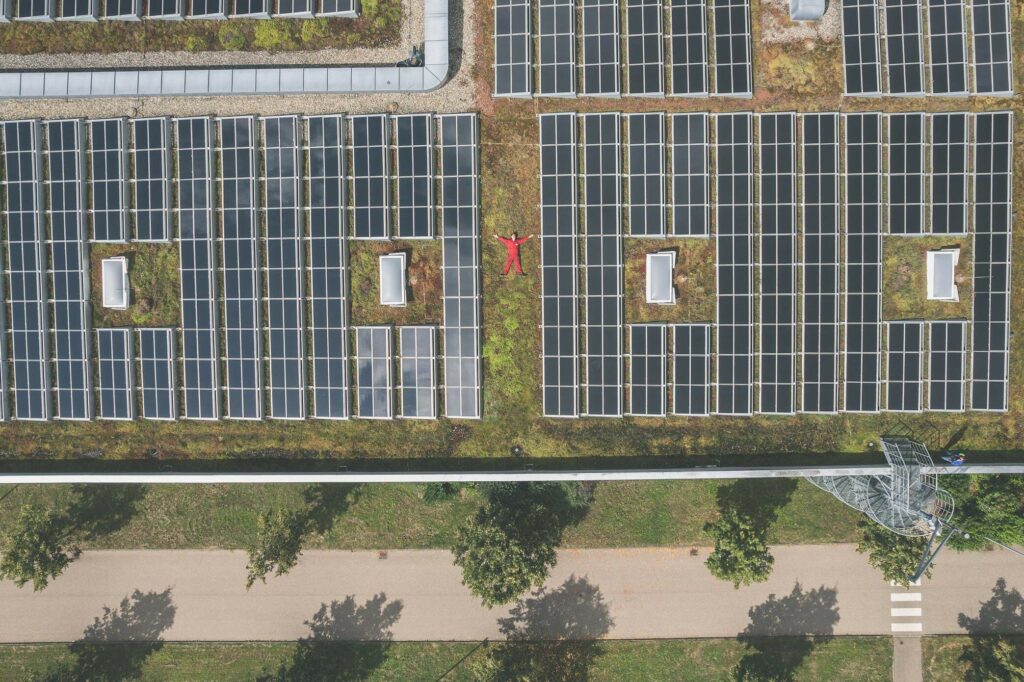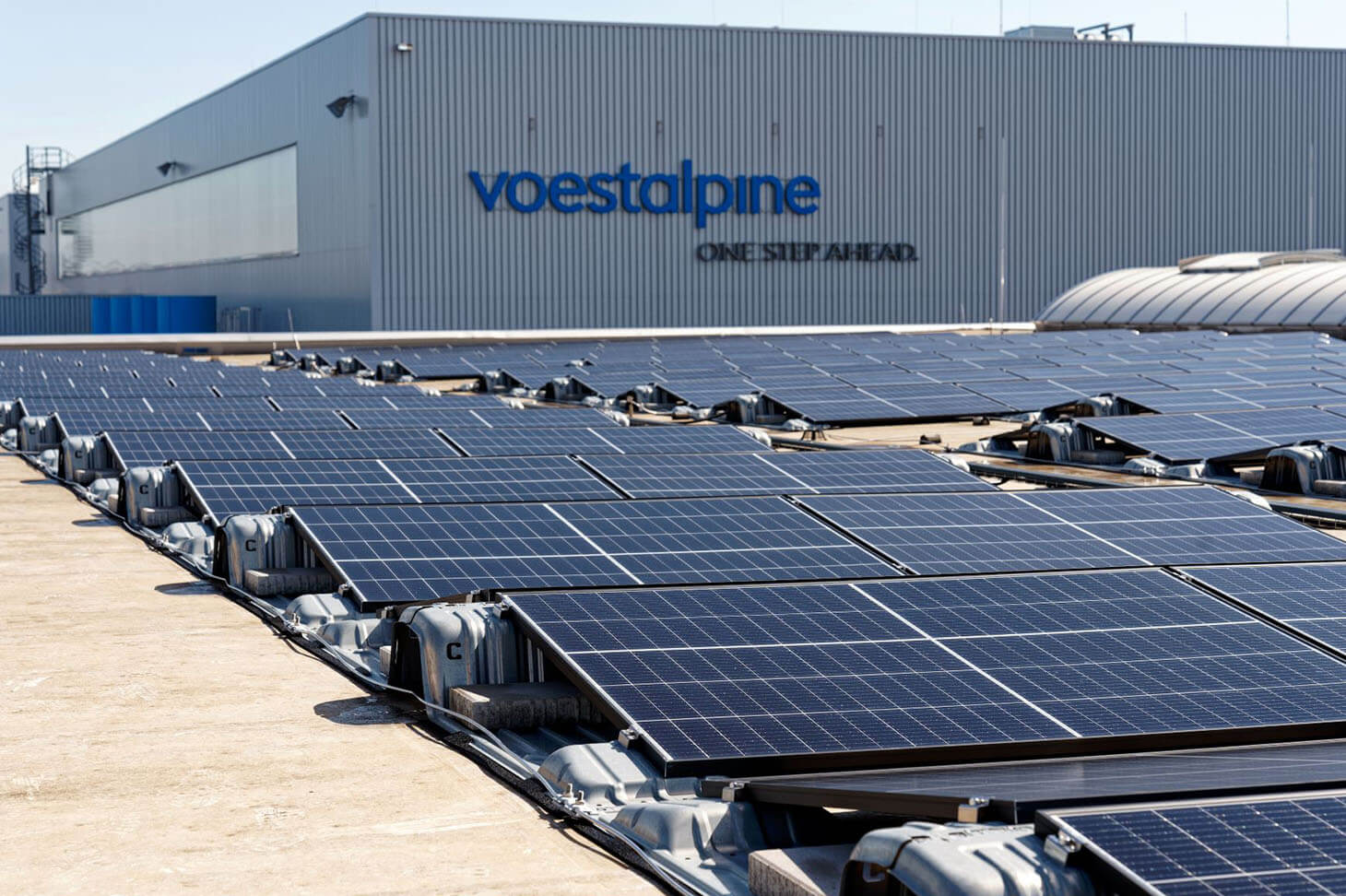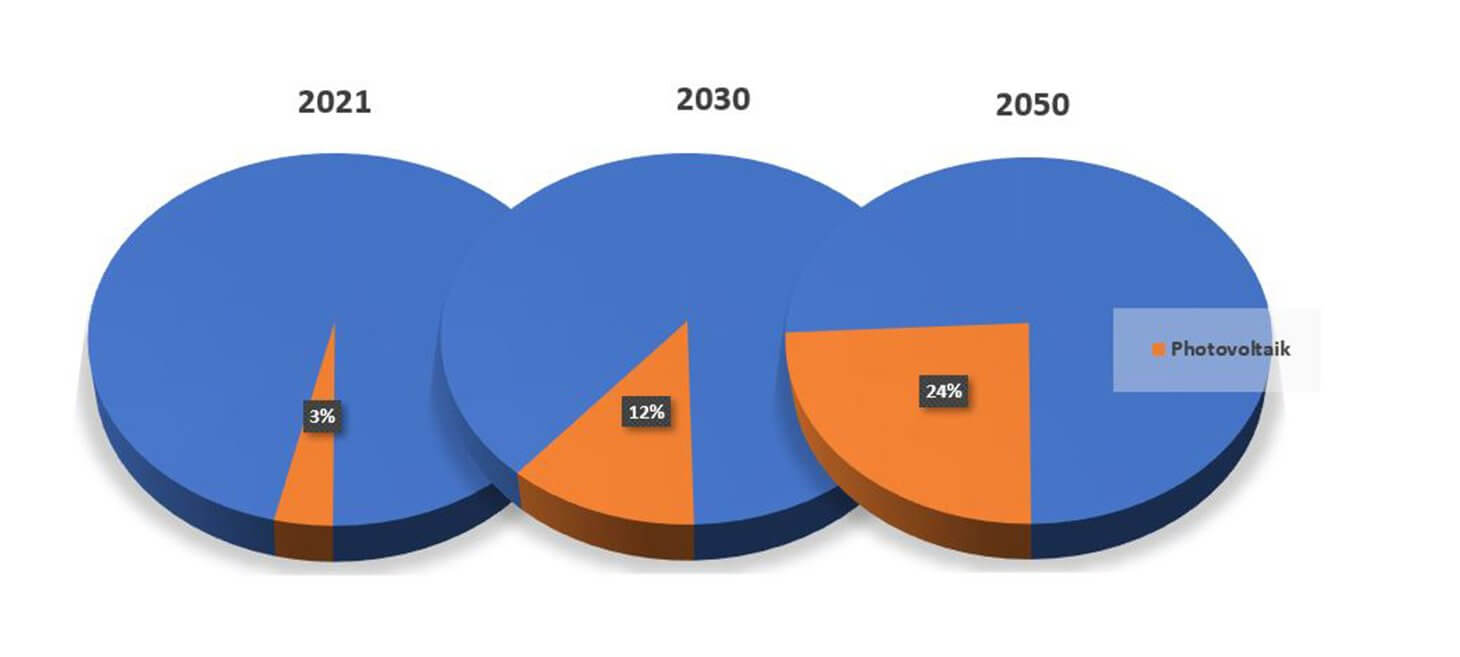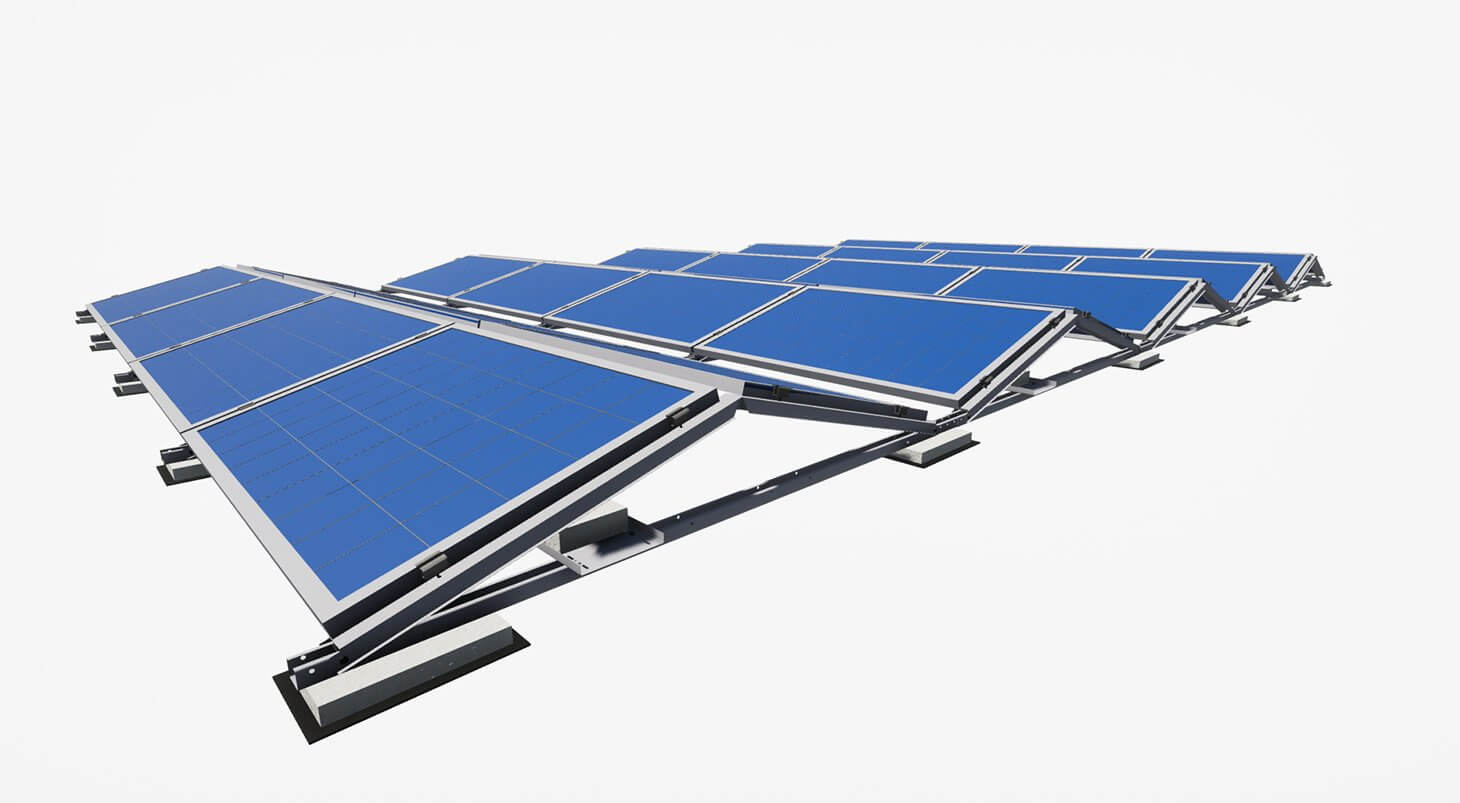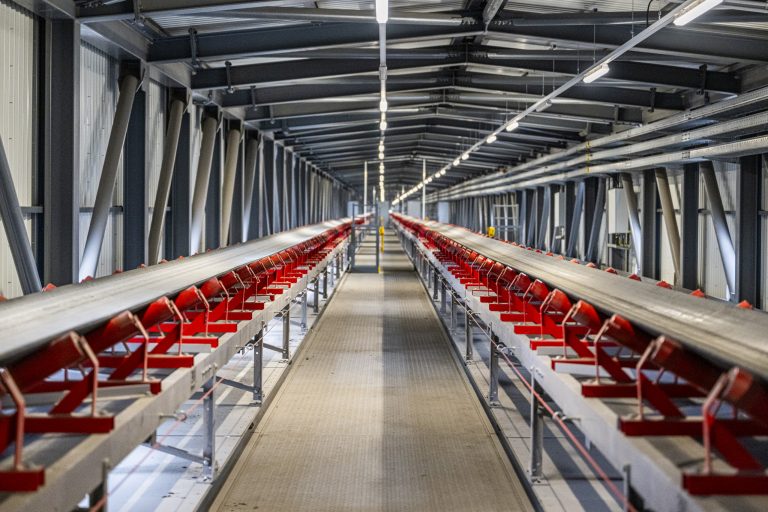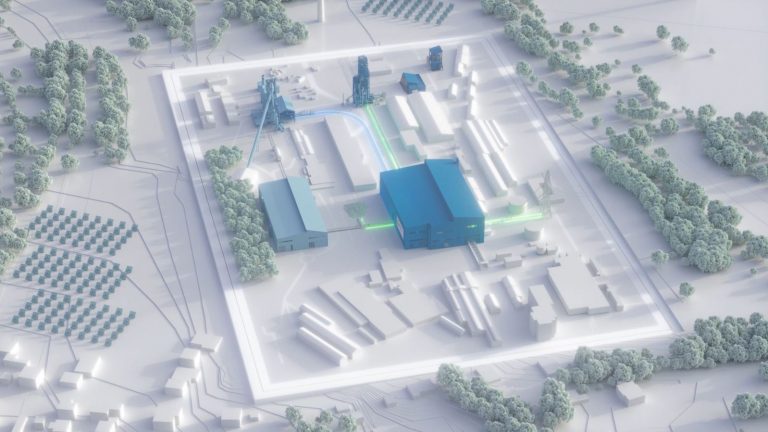Sustainable systems: voestalpine and photovoltaics
Many climate protection hopes are built on photovoltaics—turning the power of the sun into electricity. This requires both the right know-how for generating solar power as well as sustainable components and tools. We provide both.
- 20 Dec, 2022
- 7
